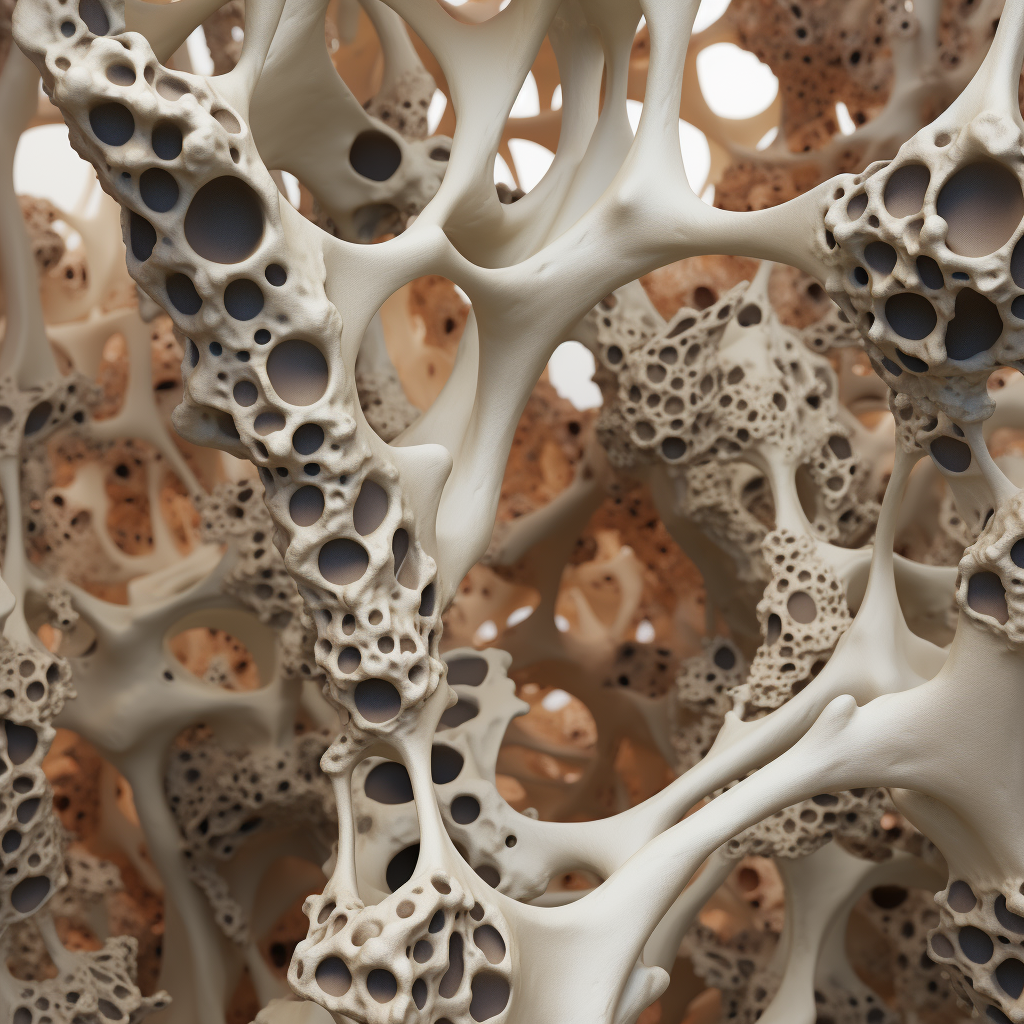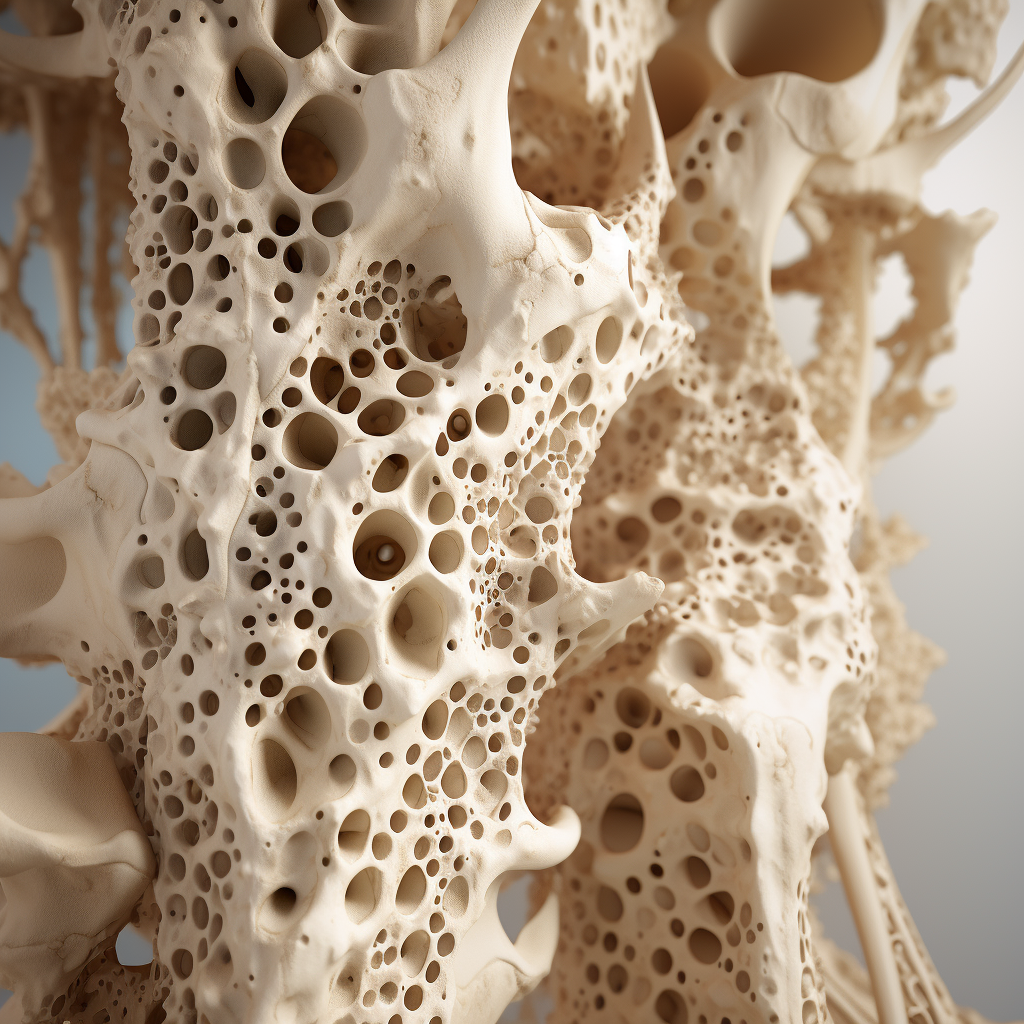What Is Osteoarthritis? (Symptoms, Causes, and Treatments)

Every day, countless people around the world experience joint pain. For many, osteoarthritis is the culprit. With an increasing global population and longer life expectancy, osteoarthritis remains a leading cause of disability. But what is osteoarthritis, and how can one recognize, prevent, or treat it?
What Is Osteoarthritis?
Osteoarthritis (OA) is the most common form of arthritis, affecting millions worldwide. It’s a degenerative joint disease where the cartilage that cushions the ends of bones in your joints deteriorates over time.
Statistics:
- Over 30 million US adults have osteoarthritis.
- Globally, 9.6% of men and 18% of women over 60 have symptomatic osteoarthritis.
- OA is the fourth leading cause of disability worldwide.
- By 2040, an estimated 78 million (26%) US adults aged 18 years or older are projected to have doctor-diagnosed arthritis.
What Causes Osteoarthritis?
OA is primarily caused by wear and tear on the joints, but there are several factors contributing to its onset:
- Age: As you get older, the risk of developing OA increases.
- Gender: Women are more likely than men to develop OA.
- Obesity: Carrying extra body weight contributes to OA, particularly in the knees.
- Joint injuries: Injuries, even those that occurred years before, can increase the risk of OA.
- Genetics: Some people have inherited traits that make them more prone.
What Are the Risk Factors of Osteoarthritis?
Aside from those mentioned under causes, the risk factors of osteoarthritis include:
- Occupation: Jobs involving repetitive stress on a joint can increase the risk of developing OA.
- Other diseases: Those with rheumatoid arthritis, diabetes, underactive thyroid, and gout may have an increased risk of developing OA.
What Are the Signs And Symptoms of Osteoarthritis?
Osteoarthritis symptoms range in severity:
- Pain: Affected joints might hurt during or after movement.
- Stiffness: Joint stiffness may be most noticeable when you wake up or after periods of inactivity.
- Tenderness: The joint might feel tender when you apply light pressure.
- Loss of flexibility: You may not be able to move your joint through its full range of motion.
- Swelling: This is caused by soft tissue inflammation around the joint.
- Bone spurs: Extra bits of bone, which feel like hard lumps, may form around the affected joint.
What Does Osteoarthritis Feel Like?
Many describe osteoarthritis as a deep, aching pain in the joints. It’s a deep, persistent ache within the joint, exacerbated after usage. Many people report feeling like their joints are “grinding,” especially during movement. Weather changes might also intensify symptoms.
How Is Osteoarthritis Diagnosed?
The following procedures can be used to diagnose osteoarthritis:
- Physical exam: To check for joint tenderness, swelling, and redness.
- X-rays: They can show cartilage loss, bone damage, and bone spurs.
- MRI: Might be used to produce more detailed images of the joints.
- Blood tests: To rule out other causes of joint pain.
- Joint fluid analysis: To check for other joint problems.
Statistics:
- X-rays detect up to 85% of OA cases.
- However, only 60% of those with knee pain indicative of osteoarthritis show X-ray evidence.
- MRI scans are more sensitive but are used in less than 10% of diagnoses.

How Is Osteoarthritis Treated?
Treatment of osteoarthritis typically focuses on managing symptoms and improving joint function. Common treatments include:
- Medications: Pain relievers, anti-inflammatories, or even creams.
- Physical therapy: With exercises to strengthen muscles around joints.
- Occupational therapy: To discover ways to do daily tasks without putting extra stress on painful joints.
- Surgical procedures: Like joint replacement if severe.
Statistics:
- Physical therapy reduces pain by 40% on average.
- Over 600,000 knee replacements are performed annually in the US, largely due to OA.
- Only 56% of patients with arthritis report their healthcare provider advised them on the benefits of physical activity.
Conclusion
Understanding what osteoarthritis is and its implications is the first step in managing this condition. With timely diagnosis and appropriate treatment, one can lead a healthy, active life. Remember, if you’re experiencing any of the symptoms described above, it’s crucial to see a healthcare provider.
References
- Arthritis Foundation. (2020). Osteoarthritis: By the Numbers.
- World Health Organization. (2018). Chronic Rheumatic Conditions.
- Centers for Disease Control and Prevention (CDC). (2019).
- Mayo Clinic. (2018). Osteoarthritis and Its Global Impact.





